Technical Program Committee Leadership:
Technical Program Chair
Mikko Valkama, Tampere University, Finland
Technical Program Vice-Chairs
Rui Dinis, Instituto de Telecomunicações, Universidade Nova of Lisbon, Portugal
Daniel Benevides da Costa, Technology Innovation Institute, UAE
Track Chairs and Co-Chairs:
Track 1: Airborne and Maritime Mobile Systems and Services
Marko Höyhtyä, VTT, Finland, (Lead)
Toyoshima Morio, Space Communications Laboratory, Japan
Hideki Ochiai, Yokohama University, Japan
Track 2: Antenna Systems, Propagation, and RF Design
Dr. Michael Walter, DLR, Germany (Lead)
Ugo Silva Dias, University of Brasília (UnB), Brazil
Harsh Tataria, Ericsson, Sweden
Track 3: Electric Vehicles, Vehicular Electronics, and Intelligent Transportation
Christian Wietfeld, TU Dortmund University (Lead)
Paulo Pereirinha, ISEC Coimbra, Portugal
Mohsen Kandidayeni, Université de Sherbrooke, Canada
Track 4: Emerging technologies, 6G and beyond
Stefano Tomasin, University of Padova, Italy (Lead)
Emil Björnson, Linköping University, Sweden
Himal A. Suraweera, University of Peradeniya, Sri Lanka
Track 5: Green Communications and Networks
Daniel So University of Manchester, UK (Lead)
Prof Jie Tang, South China University of Technology, China
Prof Swades De, Indian Institute of Technology Delhi, India
Track 6: IoV, IoT, M2M, Sensor Networks, and Ad-Hoc Networking
Tony Q.S. Quek, Singapore University of Technology and Design, Singapore (Lead)
Prof Yuan Wu, University of Macau, Macau
Prof Giovanni Geraci, Universitat Pompeu Fabra, Spain
Track 7: Machine Learning and AI for Communications
Prof. Xiaodai Dong, University of Victoria, Canada (Lead)
Prof. Alexios Balatsoukas-Stimming, Eindhoven University of Technology, Netherlands
Lina Bariah, Khalifa University, UAE
Track 8: Multiple Antennas and Cooperative Communications
George Alexandropoulos, National and Kapodistrian University of Athens, Greece (Lead)
Kenichi Higuchi Tokyo Science University, Japan
Krzysztof Wesołowsk, Poznan University of Technology, Poland,
Track 9: Positioning, Navigation, and Sensing
Elena Simona Lohan, Tampere University, Finland (Lead)
Prof. Sunwoo Kim, Hanyang University, South Korea
Assis. Prof Pau Closas, Northeastern University College of Engineering, USA
Track 10: Signal Processing for Wireless Communications
Luca Sanguinetti, Pisa University, Italy (Lead)
Jinho Choi, Deakin University, Australia
Taneli Riihonen, Tampere University, Finland
Track 11: Spectrum Management, Radio Access Technology, Services and Security
Sumei Sun, I2R Singapore, Singapore (Lead)
Telex Magloire Ngatched Nkouatchah, Memorial University of Newfoundland, Canada
Prof. Lina Mohjazi, University of Glasgow, UK
Track 12: Vehicle Cooperation and Control, Assisted and Autonomous Driving
Onur Altintas, TOYOTA InfoTechnology Center, USA (Lead)
Prof. Falko Dressler, TU Berlin, Germany
Track 13: Recent Results
Periklis Chatzimisios, International Hellenic University, Greece and University of New Mexico, USA (Lead)
Octavia Dobre Memorial University, Canada,
Pawel Dmochowski, Victoria University of Wellington, New Zealand


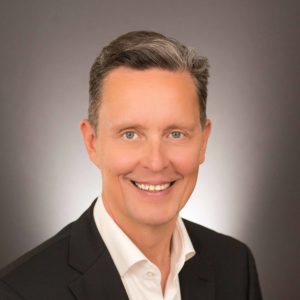 Hannu Kauppinen, Nokia, Finland
Hannu Kauppinen, Nokia, Finland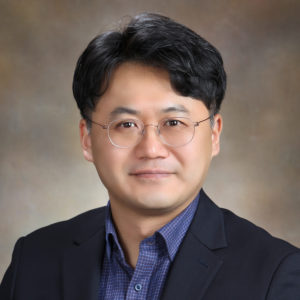 Juho Lee, Samsung Fellow, Samsung
Juho Lee, Samsung Fellow, Samsung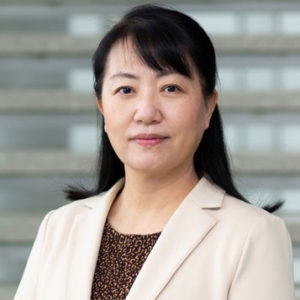 Rose Hu, Utah State University, USA
Rose Hu, Utah State University, USA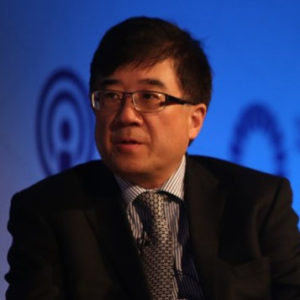 Wen Tong, Huawei
Wen Tong, Huawei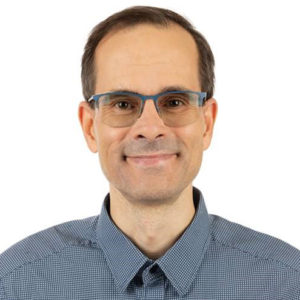 Mikko Uusitalo, Overall Lead, European 6G Flagship Hexa-X and Head of Research Department, Nokia Bell Labs Finland
Mikko Uusitalo, Overall Lead, European 6G Flagship Hexa-X and Head of Research Department, Nokia Bell Labs Finland 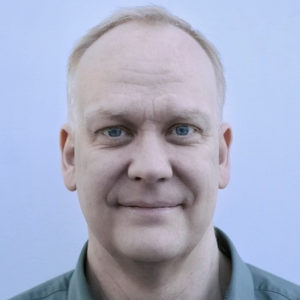 Patrik Persson, 6G Program Manager Director, Ericsson
Patrik Persson, 6G Program Manager Director, Ericsson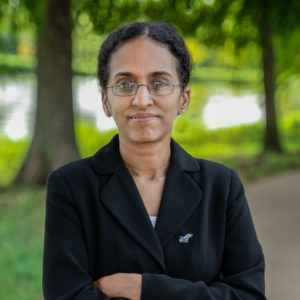 Devaki Chandramouli, Steering Group Co-Chair of Next G Alliance, Nokia Bell Labs Fellow, Nokia
Devaki Chandramouli, Steering Group Co-Chair of Next G Alliance, Nokia Bell Labs Fellow, Nokia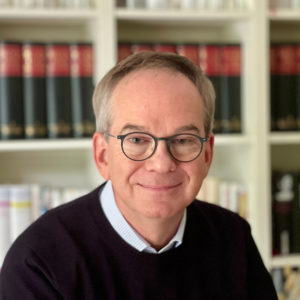 Prof. Hans Schotten, TU Kaiserslautern, Coordinator 6G Platform Germany
Prof. Hans Schotten, TU Kaiserslautern, Coordinator 6G Platform Germany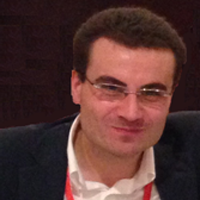 Marco Di Renzo,
Marco Di Renzo,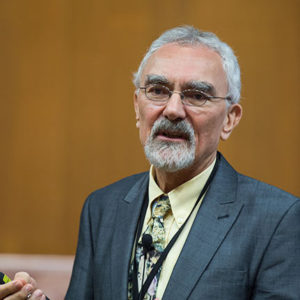 Lajos Hanzo, University of Southampton, UK
Lajos Hanzo, University of Southampton, UK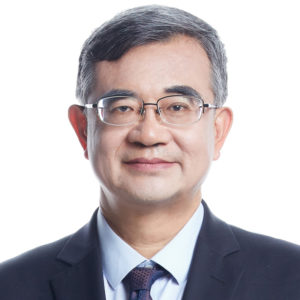 Gui-Lu Long, Tsinghua University, Beijing
Gui-Lu Long, Tsinghua University, Beijing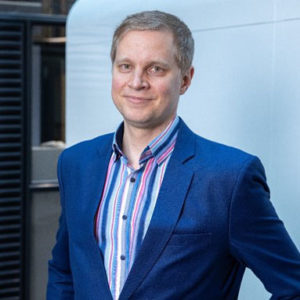 Mikko Mottonen, Aalto University
Mikko Mottonen, Aalto University Mohsen Razavi, Leeds University
Mohsen Razavi, Leeds University